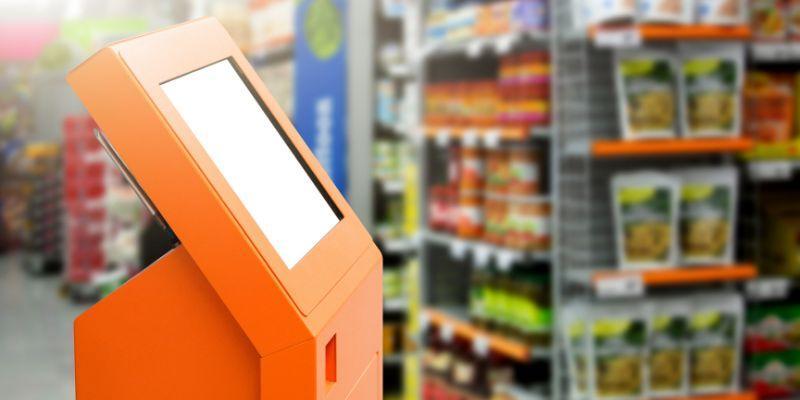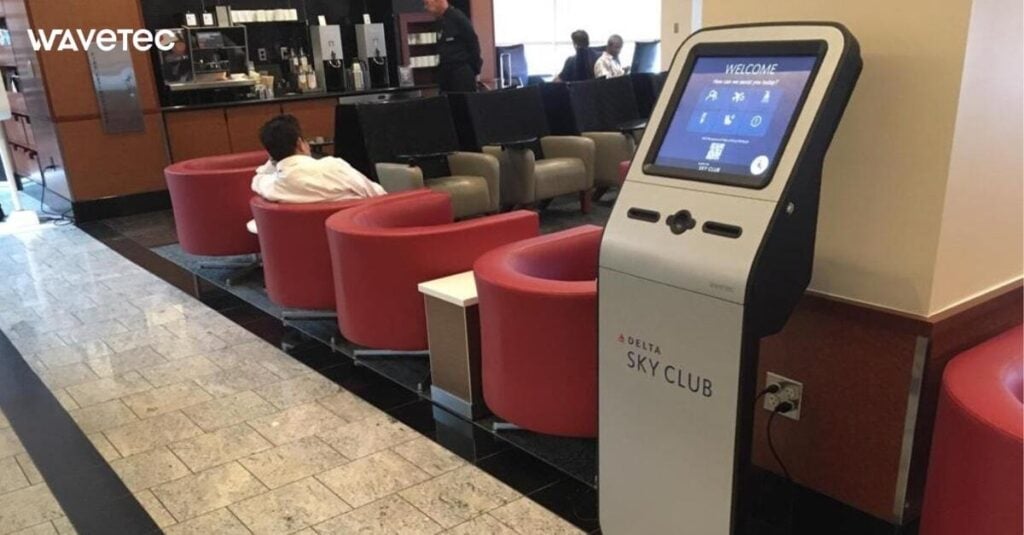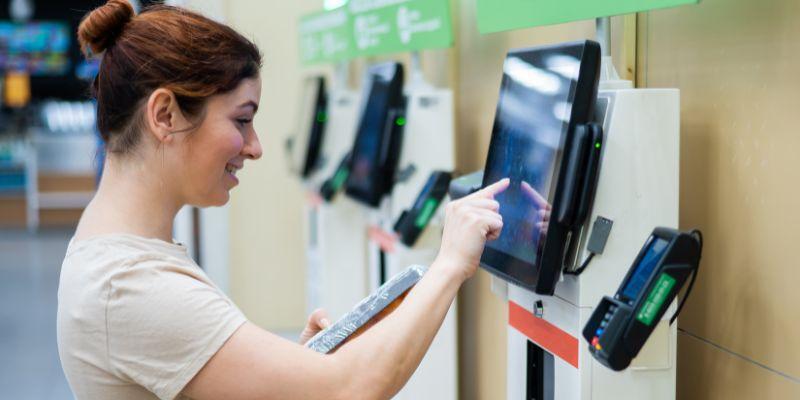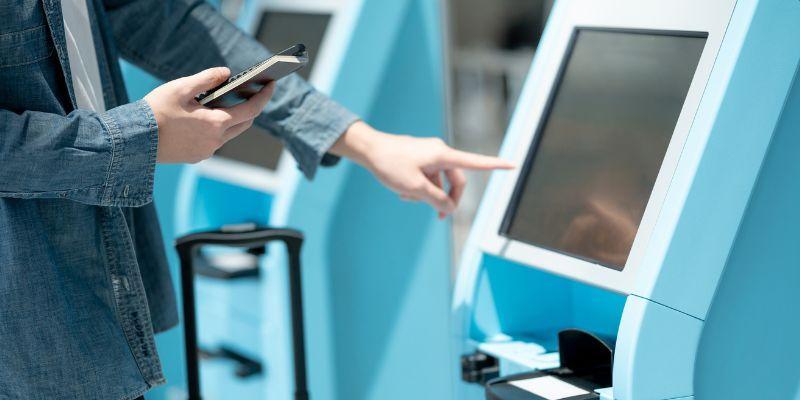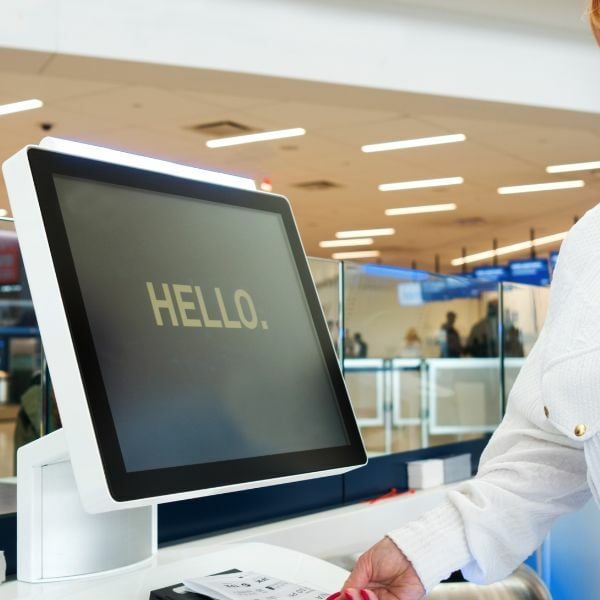Have you ever utilized the self-checkout systems in retail stores? They’re pretty remarkable! These automated stations enable customers to independently scan, bag, and pay for their purchases without cashier assistance.
Imagine this: You select your items, scan them at the self-checkout machine, and then neatly pack them into bags. Upon completion, you finalize your transaction at the payment terminal, choosing from various payment options, including cash, credit/debit card, or mobile payment methods.
However, like any innovation, self-checkout pros and cons exist. Let’s examine the advantages and disadvantages of this technology to gain a comprehensive understanding of its implications for customers and businesses.
So, let’s dive into the world of self-checkout. It’s a process of convenience and considerations that sheds light on the fine print of modern shopping practices.
Pros of Self-Checkout
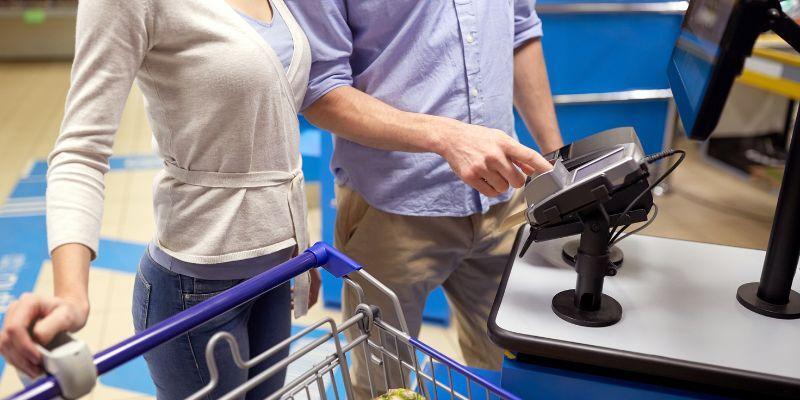
These systems offer convenience and efficiency, allowing customers to scan and pay for purchases independently, thus reducing waiting times.
Additionally, they provide privacy and control over transactions, promoting accessibility for individuals with disabilities. Let’s explore the benefits of self-checkout systems in detail.
1. Convenience for Customers
Self-checkout systems are designed to make shopping more convenient for customers. They significantly reduce waiting times by eliminating the need to wait in long queues at traditional checkout lanes.
Customers can quickly scan and pay for their items at self-checkout kiosks, making the shopping experience more efficient, particularly during busy periods. Moreover, these systems offer flexibility in payment methods, catering to various preferences.
Whether customers prefer to pay with cash, credit/debit cards, or mobile payment options like Apple Pay or Google Pay, self-checkout systems accommodate their choices. This versatility ensures convenience, allowing customers to use their preferred payment method without hassle.
2. Empowerment of Customers
In considering the pros and cons of self-checkout, it’s essential to recognize the empowerment it provides to customers.
Instead of waiting for a cashier to scan each item, they can handle scanning and bagging items at their own pace. This autonomy allows customers to take charge of their shopping experience, ensuring they can manage their purchases efficiently.
Moreover, customers can review their items before completing the transaction, reducing the likelihood of errors or discrepancies.
Additionally, self-checkout systems offer enhanced privacy for customers. With traditional checkout lanes, customers may feel exposed as a cashier scans and handles their items. However, with self-checkout, customers have the privacy to scan their items discreetly without interacting with store staff.
This added level of privacy can be precious for customers who prefer to keep their purchases confidential or may feel uncomfortable sharing personal information.
3. Efficiency for Businesses
Self-checkout systems offer businesses significant advantages, such as efficiency, reduced labor costs, and increased checkout throughput.
Self-checkout systems help businesses save money by reducing the need for additional staff at checkout lanes. With traditional checkout lanes, multiple cashiers must scan items and process payments.
Self-checkout machines allow customers to handle these tasks independently, requiring fewer employees to oversee the process. This reduction in labor costs can result in significant savings for businesses, allowing them to allocate resources to other areas of operations.
Self-checkout systems contribute to increased checkout throughput, allowing businesses to serve more customers in less time. With traditional checkout lanes, the speed of the checkout process is limited by the efficiency of cashiers and the availability of checkout lanes.
This improved efficiency leads to a smoother shopping experience for customers and allows businesses to process transactions more quickly, ultimately increasing overall throughput.
Cons of Self-Checkout
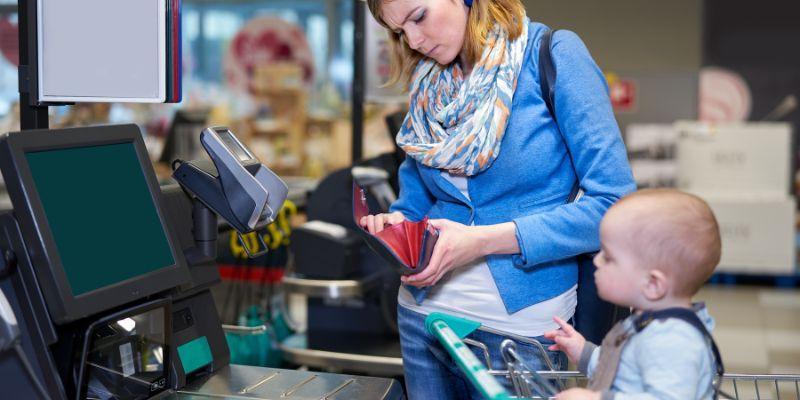
Self-checkout systems offer convenience and efficiency, but they also have drawbacks that businesses and customers should consider. Let’s explore the disadvantages of self-checkout systems in detail.
1. Technical Issues
Self-checkout systems, while convenient, can sometimes encounter technical problems that frustrate both customers and businesses.
One common issue with self-checkout systems is malfunctioning equipment. This can include problems with barcode scanners, touchscreens, or payment terminals. When these components fail to function properly, customers may experience delays or be unable to complete their transactions, leading to dissatisfaction and potential loss of sales for businesses.
Another challenge with self-checkout is handling certain items. Some products, such as fresh produce, bulk items, or items without barcodes, may be challenging for customers to scan or weigh accurately.
This can result in errors in pricing or quantity, requiring intervention from store staff to resolve. Customers may also feel frustrated or inconvenienced when they encounter difficulty scanning or bagging certain items, leading to a negative customer experience.
2. Security Concerns
Despite their convenience, self-checkout systems raise security concerns for both businesses and customers, which adds to the list of self-checkout pros and cons.
One primary security concern with self-checkout is the increased risk of theft. Without the oversight of a cashier, customers may attempt to bypass the scanning process or under-scan items, leading to potential revenue losses for businesses.
Additionally, dishonest individuals may exploit vulnerabilities in self-checkout systems to steal items without paying, further exacerbating the theft problem.
Another security challenge is verifying age-restricted items, such as alcohol or tobacco products, during self-checkout. While cashier-assisted checkout lanes typically require age verification from trained staff, self-checkout systems rely on customers to self-report their age.
This can pose challenges in enforcing age restrictions and ensuring compliance with regulations, potentially exposing businesses to legal risks.
3. Impact on Employment
Self-checkout systems have become synonymous with convenience and efficiency in the retail industry. However, their widespread adoption has raised significant concerns about self-checkout pros and cons and their impact on employment, especially for cashiers.
Foremost among these concerns is the potential displacement of cashier jobs. As businesses increasingly deploy self-checkout systems to streamline operations and cut labor costs, there is a looming risk that traditional cashier roles may become redundant.
This could lead to job loss and economic uncertainty for cashier employees, who may need help finding alternative employment opportunities in an increasingly automated workforce.
Furthermore, self-checkout has ignited a debate regarding the human touch in customer service. While these systems offer speed and convenience, some argue they need more personal interaction and assistance human cashiers provide.
Many customers value cashiers’ friendly demeanor and helpfulness, finding it enhances their overall shopping experience. However, others appreciate the autonomy and privacy offered by self-checkout systems, considering them a more efficient and convenient way to complete transactions.
Final Words
About self-checkout pros and cons, it’s crucial to recognize that while self-checkout systems offer undeniable benefits in terms of convenience, efficiency, and privacy for customers, they also present challenges.
Technical issues, such as malfunctioning equipment, can disrupt the shopping experience, while loss prevention measures must be implemented to combat theft. Additionally, customer assistance may be required to address issues with scanning or payment.
To maximize the advantages of self-checkout while mitigating its drawbacks, retailers must invest in reliable technology, strict security measures, and adequate staff training.
Ultimately, the success of self-checkout systems centers on striking a balance between automation and human interaction to deliver a smooth and satisfying shopping experience for all customers.
BOOK A FREE DEMO
